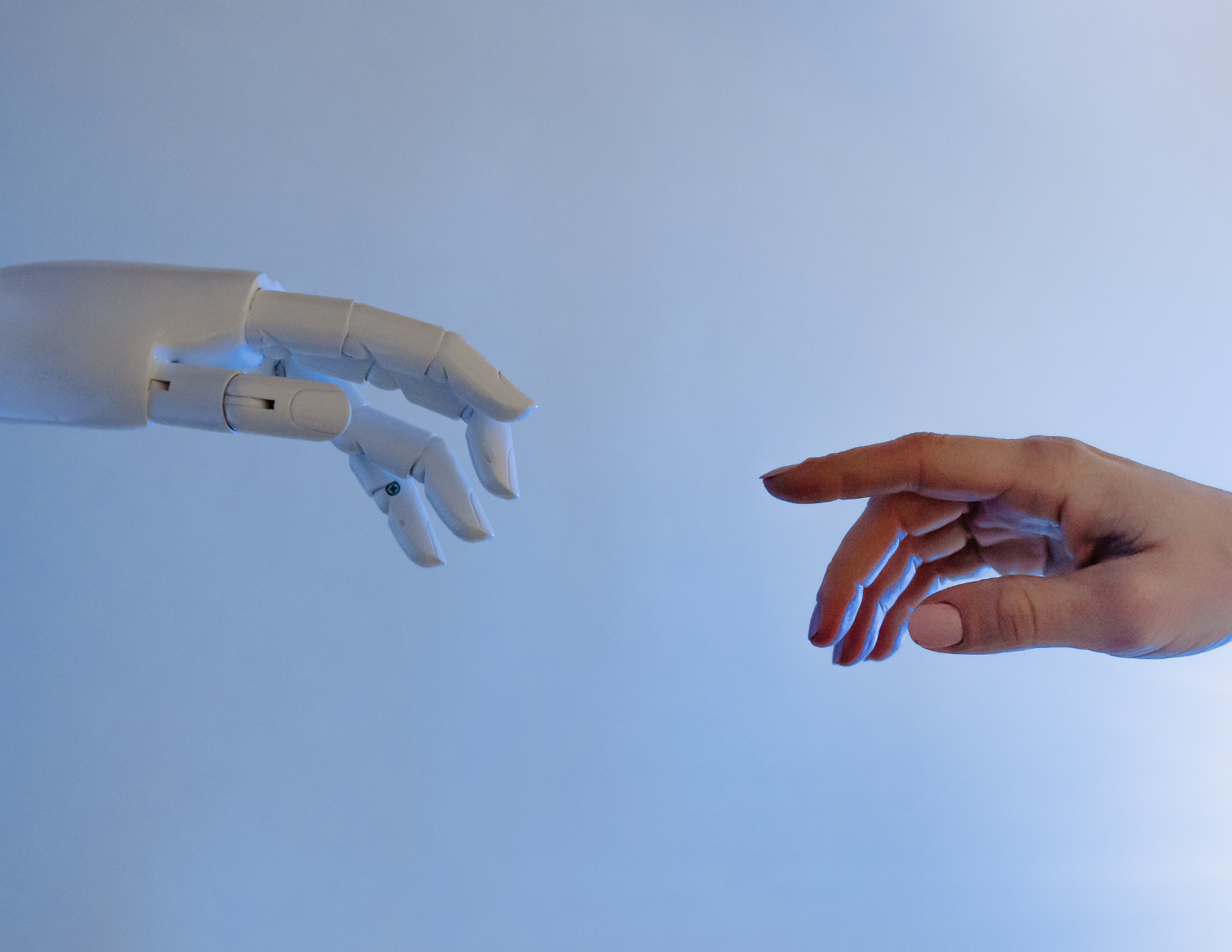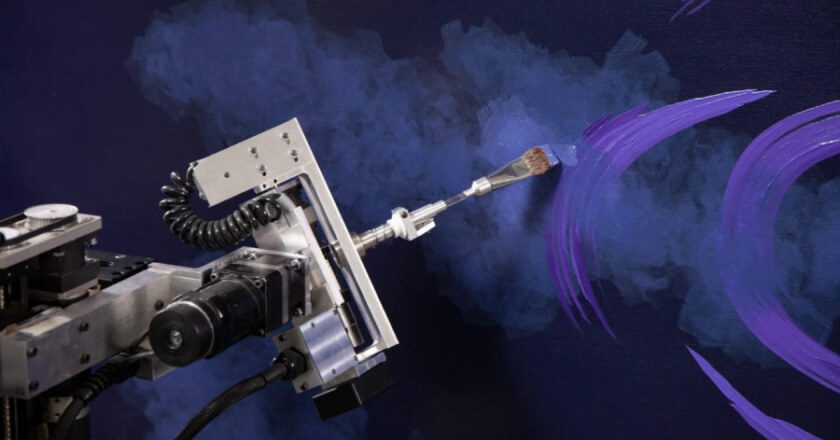Get Inspired
Build the life you love. Learn more about fusioneering:

Posted on December 12, 2023 in AI Technology
The fusion of art and technology has given rise to so many exciting possibilities, and one of the most intriguing intersections is the use of artificial intelligence and robotics in the restoration of classical paintings. These iconic works of art have stayed relevant through the ages, but the ravages of time have inevitably taken their toll. Enter AI and robotics, breathing revitalizing life into these masterpieces and ensuring they remain intact and beautiful for generations to come. How? Let’s find out!
Read More: The History of AI
Restoring classical paintings is a balancing act between preserving history and revitalizing the same beauty that once captivated audiences, and is a big piece of art conservation. Obviously, nothing lasts forever — especially paint — and so all pieces of art must be constantly worked on to maintain their form. Traditional restoration methods are meticulous and time-consuming, often requiring delicate brushwork to repair cracks, fading, and other imperfections. While skilled conservators have served as the custodians of this art, AI and robotics are now offering innovative solutions that supplement human expertise.
AI’s ability to rapidly analyze vast amounts of data is a game-changer in restoration. High-resolution scans and photographs of original paintings are fed into AI algorithms that identify minute details and damage imperceptible to the human eye. By detecting cracks, fading, color changes, and other anomalies, AI can create a comprehensive digital map of a painting’s condition, aiding conservators in devising precise restoration plans.
Related: 5 Ways AI Has Changed Your Daily Life
Robotic arms equipped with specialized brushes and tools can execute intricate restoration work with unparalleled precision. Working alongside human experts, these robots can replicate the brushstrokes of the original artists, restoring the texture, color, and vibrancy of a painting. This collaborative approach marries human intuition and creativity with robotic precision, resulting in a seamless and authentic restoration that doesn’t suffer from human error.
Read More: Learn How Inventor Paul Kirby Designed His Robot Painter’s Articulating Wrist
With new scientific processes (like pigment analysis), we’re now learning that a good deal of historical art didn’t originally look how we see it now — for example, Ancient Greek statues were not clean marble, but were instead fully painted in a rich spectrum of colors. Likewise, a number of classical paintings have suffered the loss of certain elements due to damage, neglect, color fading from sun exposure, or overzealous cleaning through the years.
In addition to forensic analysis of paints and pigments, AI can step in to analyze the style and techniques of the original artist, creating algorithms that generate missing sections based on the existing body of work. This process, known as “inpainting,” fills in the gaps with an understanding of the original artist’s intent, seamlessly integrating the restored areas with the rest of the painting.
One such example can be found in Rembrandt’s The Night Watch, which had been cut down on all four sides in order to be moved in 1715. The strips cropped from the original painting were never found. However, using a surviving, small scale copy of the original painting along with x-rays and digital images of The Night Watch, an artificial intelligence was taught to imitate the great Rembrandt’s style. The program was able to paint the long-lost cropped sections of the artwork at full scale, and the newly restored work can be viewed at the famous Rijksmuseum in the Netherlands.
Learn More: The Importance of a Brushstroke
The integration of AI and robotics in restoration isn’t just about reviving the past; it’s about securing the future. By leveraging new technology, conservators can more completely document each stage of a restoration, creating a comprehensive digital archive that details the work done and the decisions made. This record not only aids in future research, but also facilitates ongoing maintenance and care, ensuring that these restored masterpieces continue to shine for generations.
While AI-driven restoration offers remarkable benefits, it also raises questions about the nature of authenticity and artistic intent. Striking a balance between restoration and the preservation of an artwork’s historical context is essential to maintaining humanity’s artistic culture. The involvement of human expertise in guiding the AI algorithms ensures that the restoration process remains sensitive to the nuances of the original pieces and their place in time.
The fusion of AI, robotics, and classical art restoration is a testament to human ingenuity and the desire to bridge the gap between the past and the future. As technology evolves and techniques advance, the restoration landscape will continue to transform, allowing classic masterpieces to thrive and captivate the imaginations of future generations.
Looking for more information about the involvement of AI and robotics in the art space? Take a look at Dulcinea the robot painter, her body of work, and her painting process! For everything at the intersection of technology and the arts, make sure to follow The Kirby Foundation on Instagram, Facebook, and Pinterest.
Are you interested in hearing the complete story of Paul and Dulcinea? Watch the video (nominated for Best Short Film at the 2021 Vail and Portland Film Festivals) for more info.
Want to be the first to know about every exciting new project at the Kirby Foundation?
Join Our Mailing ListBuild the life you love. Learn more about fusioneering:
Why pick which passion you should follow? Fusioneering allows you to cultivate many interests into something innovative and revolutionary.

Meet Paul and explore how blending your interests can empower you to follow your enthusiasm and bring your passions to life.